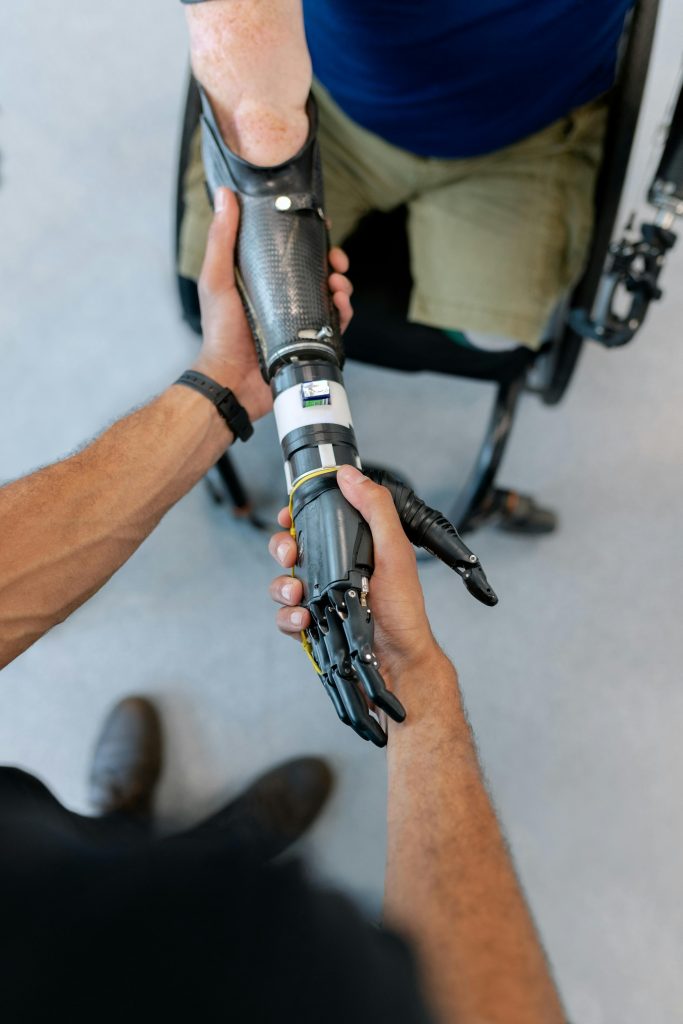1. Concept Design & Visualization
-
Generative Design: AI-powered tools (like Autodesk Generative Design, Spacemaker, and Midjourney for concepts) can produce dozens or hundreds of design iterations based on parameters such as site constraints, building codes, energy efficiency, and cost.
-
Faster Visualization: Rendering and VR environments that once took days can now be generated in minutes, allowing teams to explore more ideas before committing.
-
Client Engagement: AI-driven visuals, interactive models, and quick prototypes make it easier for non-technical stakeholders to understand design intent and give feedback earlier.
2. Engineering Analysis & Optimization
-
Structural and Systems Optimization: AI algorithms can analyze loads, materials, and environmental conditions to suggest lighter, stronger, or cheaper structural solutions.
-
Energy Modeling: Tools like Cove.Tool and ClimateStudio use AI to predict building performance, optimize insulation, shading, HVAC sizing, and renewable energy integration.
-
Predictive Maintenance & Lifecycle Modeling: Even during design, AI can simulate how a building will perform over decades, informing better material choices and layouts.
3. Workflow & Collaboration
-
Automated Drafting & Documentation: AI can generate detailed construction documents, schedules, and material takeoffs directly from models, reducing repetitive drafting work.
-
Design Coordination: AI-enhanced BIM platforms can automatically detect clashes between architecture, MEP (mechanical, electrical, plumbing), and structural elements, suggesting fixes.
-
Language & Accessibility: AI translation and summarization make cross-border, multidisciplinary collaboration smoother.
4. Creativity & Innovation
-
Expanding Design Possibilities: AI can suggest unconventional geometries or solutions a human designer might not consider, expanding the creative palette.
-
Cross-Disciplinary Insights: Pulling from engineering, biology, materials science, and even urban sociology, AI can recommend hybrid solutions — like biomimetic structures or adaptive façades.
5. Risks & Challenges
-
Overreliance: Designers might defer too much to algorithmic suggestions without questioning underlying assumptions.
-
Loss of Hand Skills & Spatial Thinking: As automation handles routine tasks, young professionals risk not developing deep technical judgment.
-
Bias in Data: AI trained on past designs might perpetuate outdated or non-inclusive design norms.
-
Ethics & Responsibility: Liability for errors in AI-generated work is still a legal gray area.
6. Future Outlook
-
Role Shift: Architects and engineers will act less as sole creators of designs and more as curators, interpreters, and ethical overseers of AI outputs.
-
More Iterative & Data-Driven: Projects will likely see more cycles of rapid prototyping and testing, with AI acting as a design partner.
-
Integration with Construction Automation: AI design tools will increasingly connect directly to robotic construction methods, 3D printing, and automated fabrication.
Visit our Professional Underwriters Inc., website and view discussions on AI and it’s impact on Design Professionals here.
